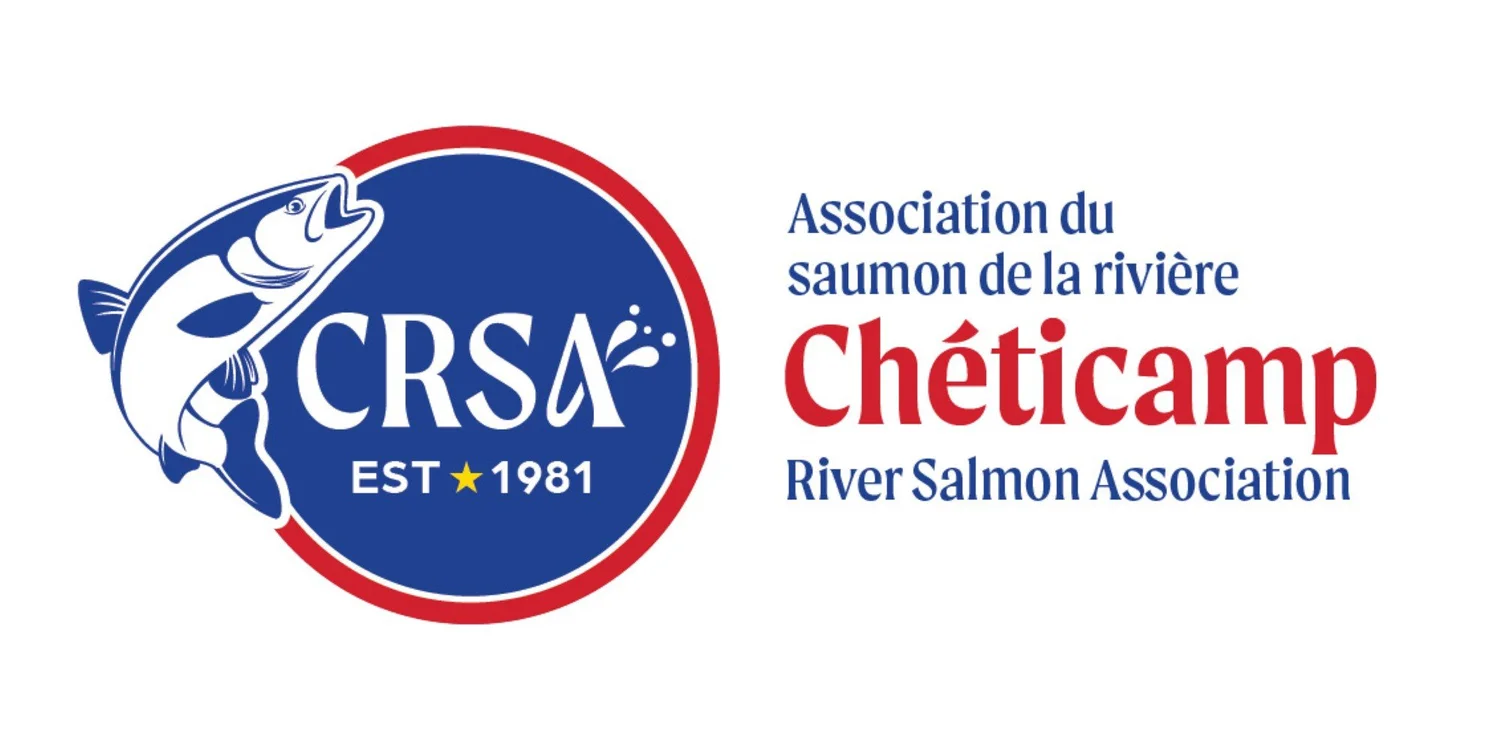Cheticamp River Salmon Association Tree Planting Project
On the week of June 19, the Cheticamp River Salmon Association (CRSA) organized a tree planting event for the purpose of aquatic habitat enhancement. Along with help from Royal Bank of Canada (RBC), Cheticamp branch, Parks Canada staff as well as grade 3-4 teachers and students from NDA. The goal of this project is to contribute to our community by planting 1000 native specie trees in the Cape Breton Highlands National Park and various locations within the Cheticamp area.
It is important to note that Nova Scotia is over 70% privately owned property, meaning that we the people are responsible for over 70% of what happens to our environment. This can be from a lack of knowledge, improper forestry activities, climate change, or a lack of disregard. Planting trees is a solution, but it should not replace protection of the remaining natural areas. Many wetlands, woodlots and other natural ecosystems are threatened by development, especially within and around urban areas. A healthy forest enhances the ecosystem as well as the quality of human life. Our plan is to plant the trees at least 20 meters from a watercourse, this is called a riparian area. A riparian area is a section of land that is adjacent to ditches, streams, brooks, lakes, and different types of wetlands. These areas support a mixture of vegetation, from trees and shrubs to emergent and herbaceous plants. The vegetation in riparian areas directly influences and provides important aquatic and terrestrial habitat. They are also important for stream bank stabilization; erosion control, the roots from the trees help support the banks along a watercourse. They also lower water temperature; with the increase in shade the water stays cooler for the fish and other aquatic life in the watercourse. Provides shelter for fish and a source of food from the insects, leave litter, and other organic materials that fall into the water from the vegetation above. Over the past few years Cape Breton has experienced flash floods that have lead to extensive damage of not only residential areas but forested areas as well, an example of this would be the lower half of the Cape Breton Highlands Nation Park which is also where we planted. Much later these trees can help with flood prevention. The mature vegetation along the watercourse helps to slow down or block the water from coming though.
The Acadian Forest Region grows over most of the Maritime Provinces, the Acadian Forest is closely related to the Great Lakes-St. Lawrence Forest and to a lesser extent, the Boreal Forest. Red spruce, along with yellow birch, sugar maple, red pine, eastern white pine and eastern hemlock are just a few of the tree species native to the Acadian forest. Thanks to the RBC for providing us with the funding we were able to purchase and plant 1000$ worth of these Acadian forest species. The CRSA purchased the tress from Scott & Stewart Forestry, which is a tree nursery located in Antigonish.
On June 21 and 22 roughly 500-600 trees were planting in the camp ground and on the salmon pools trail. A big thanks to the hard work and dedication by Chris and his crew from Parks Canada who not only helped us plant but also helped us prepare the site for planting. We could not have done it without their support. Thank you to the RBC for allowing us to take part in such a rewarding community project and to be able to give back by making a difference. Also, for taking the time to come down on a Friday evening and plant with us. We also want to thank local landowner, Arthur Cormier, for providing us the space needing to make this venture a success.







